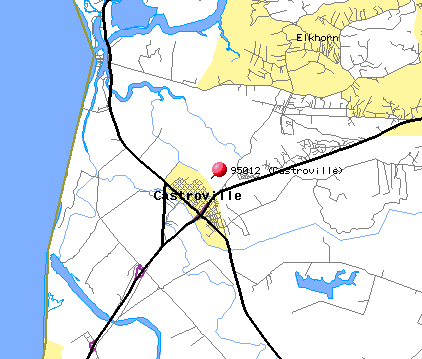
Table of Contents
- Problem
- Background: History of the Methyl Bromide Conflict
- Key Actors and Interests
- Demographics
- Strategies: Farm Without Harm
- Evaluation of Strategies
- Solutions
- Recommendations
- Contact Persons
- References
- Back to Environmental Justice Case Studies
 Farm Without Harm
Farm Without Harm